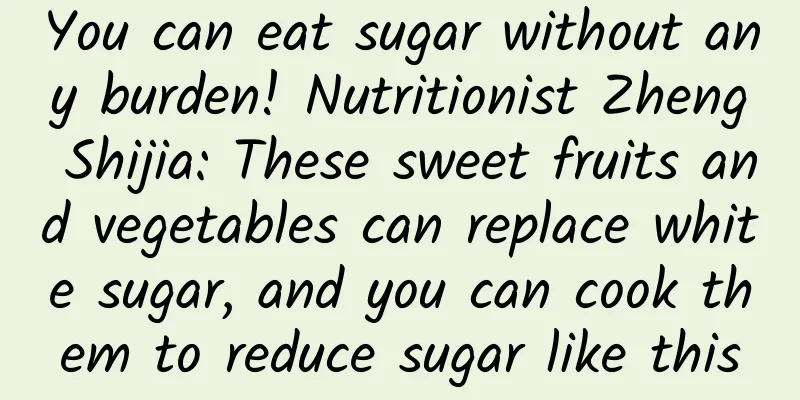Treatment of endometrial tuberculosis includes several aspects

|
Endometrial tuberculosis is a common gynecological disease. In daily life, many married women do not pay much attention to personal hygiene in this regard, which may lead to the occurrence of endometrial tuberculosis. In fact, the treatment of endometrial tuberculosis has been studied clinically. So, how to treat endometrial tuberculosis? 1. General treatment Patients with acute endometrial tuberculosis should rest in bed, preferably in a semi-recumbent position, to facilitate the confinement of tuberculosis and the drainage of uterine secretions; hot compresses can be applied to the lower abdomen to promote the absorption of tuberculosis and relieve pain; bowel movements should be kept open to reduce pelvic congestion and facilitate toxin excretion; excessive gynecological examinations should be avoided to prevent the spread of tuberculosis; physical cooling can be used for high fever; the diet should consist of liquid or semi-liquid, easily digestible foods that are high in calories, protein, and multiple vitamins. Those who cannot eat should receive intravenous nutrition and water supplements, and pay attention to correcting electrolyte imbalances and acidosis. 2. Clear uterine cavity residues and other foreign matter Endometrial tuberculosis after childbirth or abortion, if there is suspected placental tissue residue, should be removed immediately while using antibiotics, but it is better to gently protrude the uterine cavity residue, and try not to perform curettage. Curettage can be performed only when the antibiotics reach a certain dose and tuberculosis is under control to prevent the spread of tuberculosis. If there is active bleeding in the uterus, the uterine cavity can be cleaned with the use of a large amount of antibiotics. For those with contraceptive devices in the uterus, they should also be removed as soon as possible to eliminate the primary lesion and control the spread of tuberculosis. 3. Uterine dilation and drainage and estrogen therapy For chronic endometrial tuberculosis and senile endometrial tuberculosis, the cervical dilation method can be used to facilitate the drainage of uterine secretions and eliminate the cause. Elderly patients can also use a small amount of estrogen. |
<<: Treatment of endometrial tuberculosis
>>: What are the treatments for endometrial tuberculosis?
Recommend
What tests should women with cervical warts do?
Cervical warts are not only an infectious disease...
There is a consensus! Junk food promotion to children will be banned
High-salt, high-calorie foods are nicknamed "...
Body Sculpting Tutorial - Building Beautiful Legs and Buttocks (Medium)
I don’t like walking or exercising, but sitting f...
What kind of examinations do women need to do after abortion? Women should pay attention to 4 things after abortion
After an abortion, you need to have a follow-up e...
You don’t have to starve to lose weight! The secret of why female traditional Chinese medicine practitioners love to eat lotus root
Praised as a "spiritual root" in the tr...
Obvious clinical manifestations of vulvar leukoplakia
Vulvar leukoplakia is a common gynecological dise...
The president's son-in-law's publicity photo shows six-pack abs, causing netizens to exclaim
After President Ma Ying-jeou's son-in-law Cai...
What are the causes and symptoms of ovarian cysts?
Ovarian cysts are classified into mucinous cystad...
Why does an ectopic pregnancy occur after an IUD is inserted?
Why does ectopic pregnancy occur after IUD insert...
What are the causes of pelvic effusion in women?
Pelvic effusion is a common gynecological disease...
What are the symptoms of abnormal menstruation
What are the symptoms of abnormal menstruation? S...
Tests for symptomatic hyperprolactinemia
Hyperprolactinemia is a common hypothalamic-pitui...
Experts analyze the four major causes of cervical erosion
It is understood that many female friends will ha...
Four effective methods for detecting uterine fibroids
Once female friends have symptoms of uterine fibr...
Experts introduce the causes of adnexitis to you
How much do you know about the cause of adnexitis...









